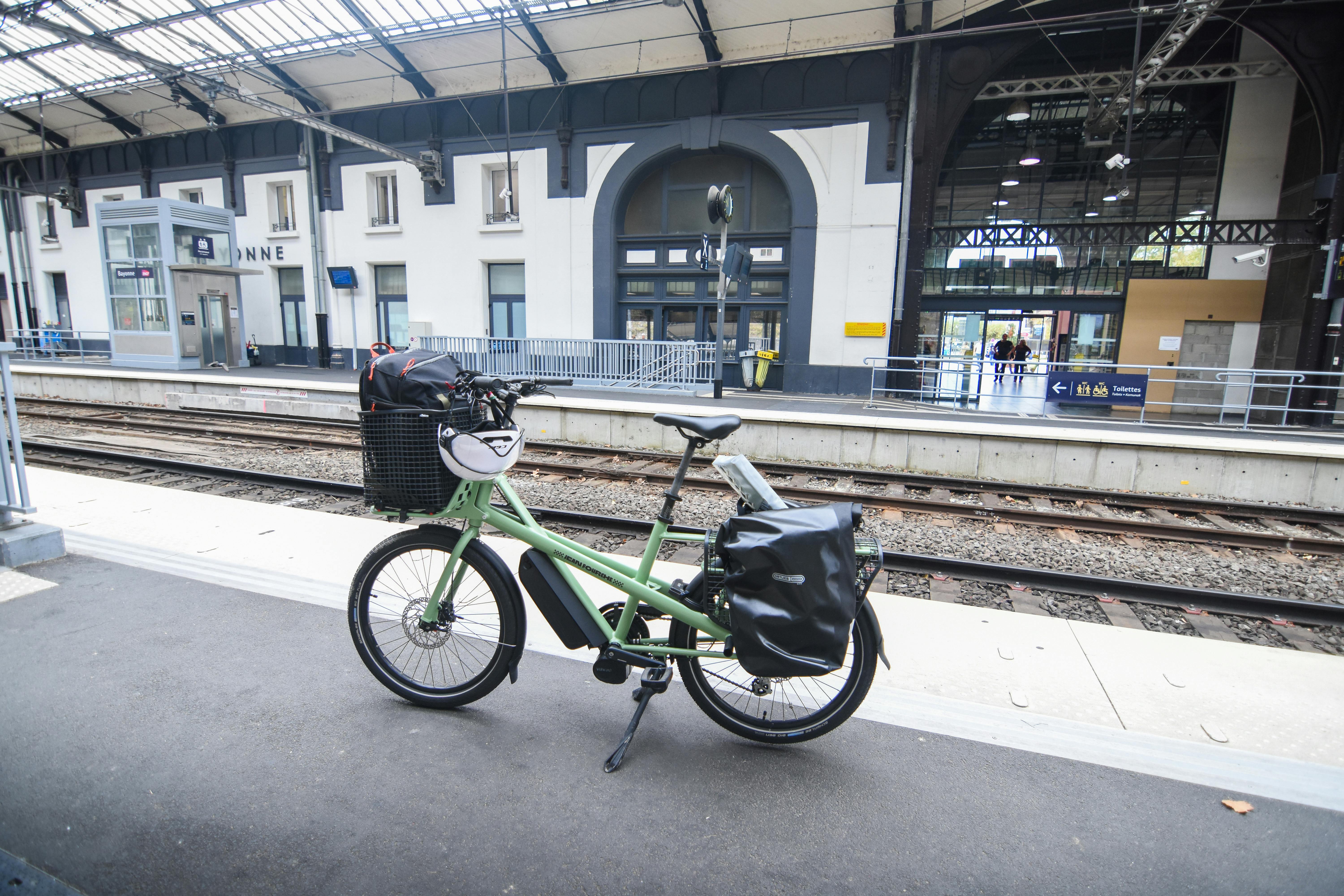Navigating Real-Time Schedules and Delay Information
Real-time schedule and delay information helps travelers and operators adjust plans quickly, whether for commuting, aviation, rail, rideshare, or logistics. This article explains how live data, timetables, navigation tools, and accessibility features combine to reduce uncertainty and improve on-the-go decisions for a variety of mobility needs.

Real-time schedule and delay information has become a central part of modern mobility, affecting how people plan commutes, transfer between transit modes, or manage complex itineraries. Accurate live updates can reduce missed connections, ease luggage transfers, and inform decisions around rideshare or carpool options. For operators and logistics teams, timely delay data supports rerouting, capacity adjustments, and customer notifications. Understanding the sources, limitations, and best practices for using this information helps travelers and professionals alike make clearer choices while minimizing disruption.
How does mobility data power real-time updates?
Mobility relies on a mix of sensors, vehicle telemetry, passenger reports, and centralized dispatch systems to generate live updates. Data from GPS units, automatic vehicle location (AVL) systems, and embedded vehicle diagnostics feed into cloud platforms that aggregate status, speed, and location. APIs allow third-party apps to display timetables that adapt to current conditions. While this improves situational awareness for walking, cycling, rideshare, or public transit users, data latency and coverage gaps can affect accuracy. Travelers should understand that mobility systems are probabilistic: they reduce uncertainty but do not guarantee exact arrival times.
What should commuters expect during delays?
Commuting patterns vary by mode and time of day, and delay notifications typically include reason, expected duration, and suggested alternatives. For local transit, alerts may recommend alternate routes or nearby services; for commuting by carpool or rideshare, apps might present different pickup windows or driver reassignments. Preparing a flexible itinerary, allowing buffer time, and keeping luggage or personal items accessible can make delays less disruptive. Commuters with accessibility needs should confirm that alternate options support required accommodations before changing plans.
How do timetables and navigation tools differ?
Timetables often represent planned service schedules, while navigation tools synthesize live data to provide updated arrival estimates and route recommendations. A static timetable is useful for planning ahead, but navigation apps use current traffic, incident reports, and vehicle positions to suggest real-time detours or changes in mode (e.g., switching from bus to rail). Combining both approaches—consulting a timetable for baseline scheduling and a navigation tool for live adjustments—helps travelers maintain a coherent itinerary while responding to delays or disruptions.
How are aviation and rail delays communicated?
Aviation and rail systems typically have formal notification processes because of regulatory and operational complexity. Airlines and airports publish updated departure and arrival times, gate changes, and rebooking options through apps and messaging systems; rail operators provide live train positions, platform assignments, and connection advisories. Both sectors may use centralized passenger information displays and SMS or email notifications for reservations and disruptions. Travelers should verify luggage transfer procedures and connection windows, especially when moving between aviation and rail services, since delay propagation in one mode can affect another.
How can logistics and luggage tracking help travelers?
Logistics platforms and luggage-tracking technologies provide visibility into baggage locations and freight movements. RFID tags, barcode scans, and connected sensors report handoffs, loading times, and checkpoints that help anticipate delays in baggage or cargo delivery. For travelers, using carrier baggage-tracking or registries tied to itineraries reduces uncertainty about whether luggage will make a connection. For businesses, integrated logistics data helps plan contingency routing and informs customers when shipments or passengers face delays, enabling more resilient supply chains and service-level adjustments.
What accessibility and reservations considerations apply?
Accessibility and reservations add layers to real-time scheduling: prebooked assistance, reserved spaces, and accessible vehicles must be coordinated with live operations. When delays occur, operators should communicate changes affecting reserved services—like priority boarding or wheelchair lifts—and provide alternatives that preserve accessibility. Travelers who require assistance should confirm updated pickup or transfer arrangements via the channel used for reservations to ensure accommodations remain available. Clear communication between reservation systems and live-status feeds is essential to prevent missed services for those with special needs.
Real-time information systems have transformed how people navigate complex travel networks, offering improved awareness across modes such as walking, cycling, rideshare, carpool, transit, rail, and aviation. However, users should treat live updates as guidance rather than absolute guarantees: delays can propagate, data feeds may lag, and coverage varies by area. Effective use of both static timetables and dynamic navigation tools—alongside contingency planning for luggage, reservations, and accessibility—helps maintain smoother journeys and more predictable logistics outcomes.





